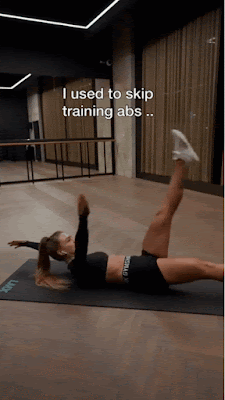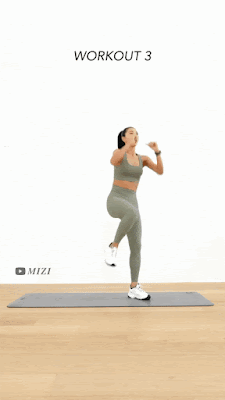How Long Does It Take to Get a Flat Stomach: A Comprehensive Guide
Achieving a flat stomach is a common fitness goal for many people, but the timeline for reaching this goal can vary based on several factors. In this comprehensive guide, we'll explore the various factors that influence how long it takes to get a flat stomach, as well as provide tips and strategies to help you reach your goals more effectively.
Factors Affecting the Timeline:
1. Starting Point: Your starting point plays a significant role in determining how long it will take to achieve a flat stomach. Individuals with higher levels of body fat may take longer to see results compared to those with lower body fat percentages.
2. Body Composition: Body composition, including factors such as muscle mass and bone structure, can impact the appearance of your stomach. Increasing muscle mass through strength training exercises can help create a more defined and toned midsection.
3. Diet and Nutrition: Your diet and nutrition habits play a crucial role in achieving a flat stomach. Consuming a balanced diet rich in whole foods, lean proteins, fruits, vegetables, and healthy fats can support fat loss and promote a leaner physique.
4. Exercise Routine: The type, intensity, and frequency of your exercise routine also influence how long it takes to get a flat stomach. Incorporating a combination of cardiovascular exercise, strength training, and core-focused workouts can help target abdominal fat and build muscle definition.
5. Consistency: Consistency is key when it comes to achieving any fitness goal, including a flat stomach. Consistently following a healthy diet and exercise regimen, staying hydrated, and getting an adequate amount of sleep can all contribute to faster progress.
Tips for Getting a Flat Stomach:
1. Eat a Balanced Diet: Focus on eating whole, nutrient-dense foods and avoid processed and sugary foods that can contribute to belly fat.
2. Incorporate Cardiovascular Exercise: Include regular cardiovascular exercise such as running, cycling, swimming, or brisk walking to burn calories and promote fat loss.
3. Strength Training: Incorporate strength training exercises that target the abdominal muscles, as well as other major muscle groups, to increase overall muscle mass and metabolism.
4. Stay Hydrated: Drink plenty of water throughout the day to stay hydrated and support healthy digestion and metabolism.
5. Manage Stress: High levels of stress can contribute to weight gain and belly fat. Practice stress-reducing activities such as yoga, meditation, deep breathing exercises, or spending time outdoors.
6. Get Adequate Sleep: Aim for 7-9 hours of quality sleep per night to support overall health and recovery, as well as optimal hormone balance.
The time it takes to achieve a flat stomach varies from person to person and depends on several factors, including starting point, body composition, diet and nutrition, exercise routine, consistency, and lifestyle habits. By following a balanced diet, incorporating regular exercise, staying hydrated, managing stress, and getting adequate sleep, you can work towards achieving your goal of a flat stomach more effectively. Remember that progress takes time and consistency, so be patient and stay committed to your health and fitness journey.
.gif)


.gif)







.gif)





